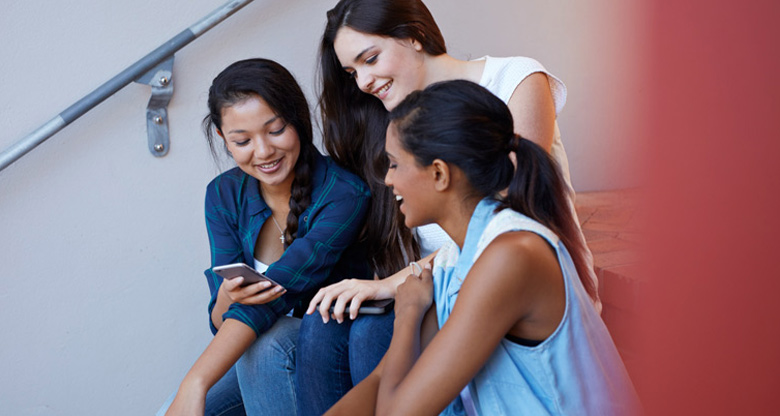About to make your way to Australia to study? Opening a bank account before you arrive means you can hit the ground running almost as soon as you step off the plane.
As an international student in Australia, you can expect to live and learn in a multicultural, vibrant country, full of opportunities. If you successfully complete your degree, you should be well set up to compete in the job market.
1. Budget ahead for your course fees
Studying in Australia can be expensive, and costs can vary depending on where you study and which subjects you choose. The key to success is to budget ahead of time and make sure you're aware of any costs associated with your course. Your family might be able to give you a helping hand with finances, and some international organisations, international scholarships, international student loans, and private Australian organisations can also be a way of financing your studies.
2. Look for part-time jobs to help with the cost of living in Australia
The cost of living in Australia can be high, especially in capital cities. Depending on your visa requirements, you may be able to work part-time while you study – to help cover your day-to-day living costs, gain valuable experience working in Australia, and improve your spoken English.
3. Be prepared for the weather in Australia
The Australian seasons are opposite to those in Europe, North America and East Asia, so for some international students, the climate in Australia may take some getting used to. The environment and climate in Australia varies greatly depending on the state and area, from beaches to rainforests, and from snow-capped mountains to dry desert.
4. Choose the right student accommodation
Where you decide to live while you study will have a big impact on your time in Australia. Some international students live off-campus, through either homestay programs, hostels, or rental properties. However, some Australian universities provide their students with housing options, which gives international students a great opportunity to socialise with Australian students during their studies.
5. Look into transport options for getting around
Australia is an extremely large country, making transportation very important. Flying is often a good option for travelling long distances, with frequent services between major cities. It’s often possible to find a good deal online, especially if you’re flexible with dates and times.
Driving can be a convenient and potentially cheaper option if you have access to a car. If you don’t, there are car share options in most major cities. Australian road rules and licensing laws are set by each state. Depending on where you live, you may be able to drive with an overseas or international driver's licence when you first arrive, but you’ll need to check how much time you have before you need to switch to an Australian licence.
Within major cities, the cheapest way to get around is by the public bus, train, ferry or tram. Each state has its own tap on, tap off ticketing system, which you can preload with money or link to your bank account.
6. Open a bank account before you arrive
CommBank lets you open a bank account up to 14 days before you arrive. You can easily open an Everyday Account online.
Here are some of the features & benefits:
- $0 monthly account fee if you are under 30 or meet other conditions1
- Track your everyday spending with Spend Tracker in the CommBank app2
- Use QR Cardless3 in the CommBank app to get money out of any CommBank ATM
- Receive cashback from major brands when you activate and shop with CommBank Yello Cashback Offers
You’ll need to visit a branch once you arrive in Australia and provide identification documents and tax residency details before you can use your new account.
Keep this in mind when you're organising things such as the bond for your new accommodation, or paying your university fees.
7. Visit a CommBank branch when you arrive
Visit a CommBank branch as soon as possible after you arrive to provide identification documents and tax residency details. We can then order your debit Mastercard®, which you can use in-store and online in Australia and internationally. Your debit Mastercard will be sent to the Australian address that you give us.
What should you bring to your local branch?
- Your passport
- Your student ID or proof of enrolment (including start and end dates for your course)
- Your Tax Identification Number (TIN) for each country of foreign tax residency
- A copy of your welcome letter
Once you’ve been identified in-branch, you can access secure online banking through NetBank and the CommBank app. Find out about all the ways you can bank with CommBank.
While you wait for your card to be delivered to your new address, you’ll be able to get cash out immediately using QR Cardless.
8. Keep an eye on the exchange rate
If you’re going to be transferring money from another currency, keep an eye on the exchange rate in the months before your trip so that you know when may be a good time to transfer your money. You can track exchange rates with our foreign exchange calculator and also exchange any currency you have at a CommBank branch when you arrive.

